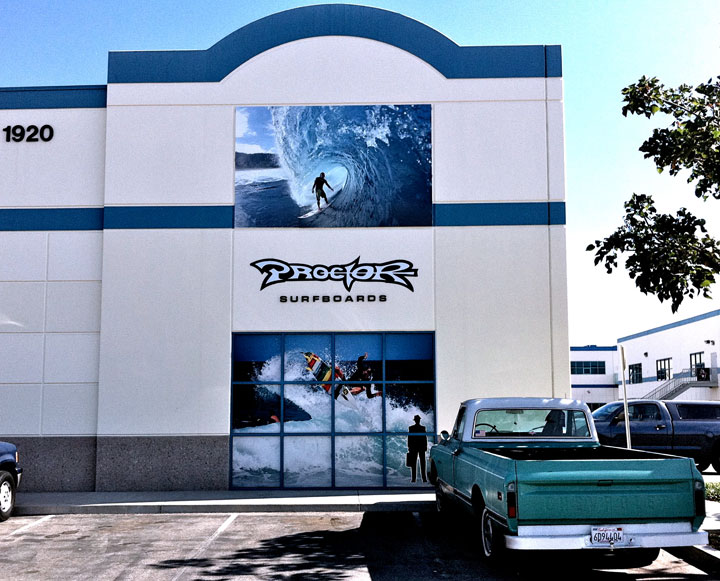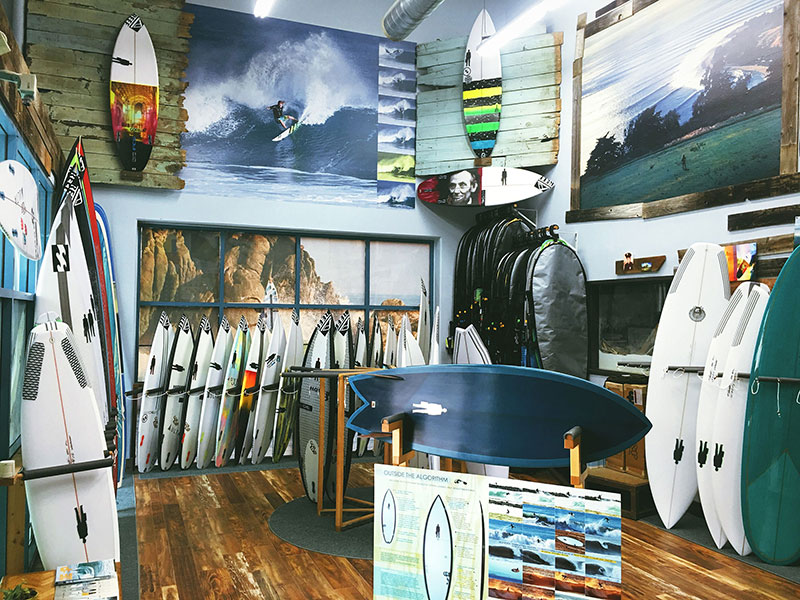SURF SCIENCE
WORDS: MIKE FISH
PHOTO: JOHN KING
MODERN MECHANICS OF BOARDMAKING
Shaping machines are here to stay
Since its very beginnings, shaping surfboards has been a handmade art form. But over the last ten years, many board builders have started relying heavily on shaping machines. The evolution of automating the shaping process is a story of fits and starts, but about twenty years ago, making a surfboard became as easy as manufacturing the leg of a table. Purists condemned the industrialized process for tainting the sport’s organic vibe. But during the last decade, technological advancements have allowed shapers to not only increase production, but also to make progress without completely losing the personal touch of shaping.
These days the question of machine-shaped boards not having as much “soul” as a handmade board is nearly a dead issue, as just about every top-name builder uses a machine in some capacity. “Using a machine isn’t as pure as hand-shaping a board,” says Lost’s Matt Biolos. “But it’s a lot more detail driven. It helps us see numbers and patterns that would otherwise go unnoticed. You couldn’t keep up with the technical demands of surfers nowadays doing all your boards by hand.”
Many consider Digital Surf Design’s (DSD) Surf CAD to be the unofficial industry standard. Created by Brazilian surgeon Luciano Leao, the program uses software akin to the type architects and engineers use to design buildings and airplanes. With DSD, shapers choose from a large bank of original templates and then modify the shapes to fit a rider’s specific needs. The virtual board is then burned to CD, loaded into the machine holding the blank, and from there, the surfboard is carved in twenty to 30 minutes.
“Anyone can now go to their local shop and buy a board with the same shape and quality as Andy Iron’s rides,” says Leao, who also stresses the idea of intelligent design over mechanical autonomy. “The program that allows the shaper to design the boards is much more important than the machine that shapes them. It’s where the shaper really works—that’s his shaping room.”
Interestingly, Todd Proctor of Proctor Surfboards says computer shaping has instilled a heightened sense of family between shapers, some of whom are notorious for being territorial: “There’s no 1-800 number to call when you need to fix something with DSD, so everyone helps each other.”
And rounding out the friendly clan, two other machines—the APS 3000 (an Australian machine by Nev Hyman) and the California-made KKL (most useful in producing huge runs)—are also widely used. “All our partners around the world use the DSD Surf CAD, so it’s easy for me to e-mail them my designs,” Biolos says. “But the KKL and the APS 3000 seem strong in all markets, too.”
Though CAD systems are highly accurate, most shapers won’t completely relinquish their hands-on roll anytime soon. “I fine-tune every board that comes off the machine by hand,” says Proctor. “Ultimately, that’s what makes the difference between an A and an A-plus board. Making a surfboard is more than just numbers and measurements.”




